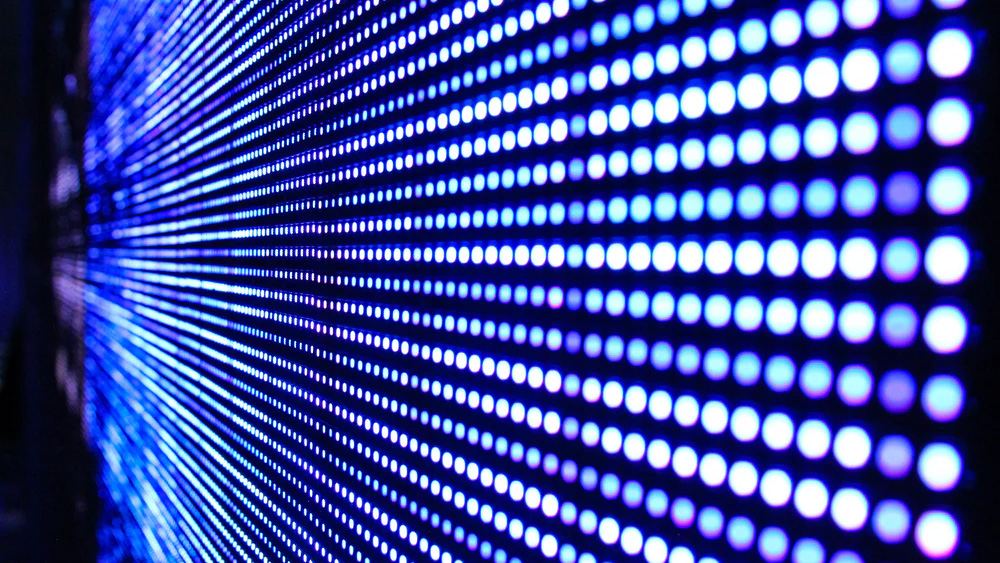Mini-LED Notebooks, TVs to See Boom in Demand
Aside from constant connectivity, one of the things that is of the upmost importance to consumers nowadays is convenience. This is probably the reason why technology has been continuously changing since its inception. With every generation of devices, we see not just new features being introduced, but also changes to the physical design that permits greater portability on top of many other benefits.
Many years ago, mobile phones had to have their own belt bag because they were too bulky for jean pockets. Nowadays, although smartphones tend to have wider screens, they are much thinner than their predecessors. But this trend is not exclusive to phones. Television sets have also been constantly changing in shape and size. From square-ish ones that have large television boxes at the back to flat-screens that can be easily mounted on walls, shrinking technology has never been more evident. In fact, this trend is only getting started.
In the coming years, the world will welcome a new generation of devices that will feature the up and coming display technology called mini-LED. Mini-LED promises better contrast ratios and deeper blacks compared to LCD panels that are lit with regular LEDs. As the name suggests, mini-LEDs are a lot smaller, with diodes that do not exceed 0.2mm. Unsurprisingly, tech giants like Apple and Samsung are at the forefront of this recent step towards making connected devices even more portable. While Apple is set to release new iPads with mini-LED backlighting during the latter half of this year, Samsung is aggressively moving to tap into the mini-LED TV market. With these impressive names cashing in on mini-LED, the demand for mini-LED backlight boards will surely soar.
This increased demand is set to cause ripples across the industry, as manufacturers produce components fit for the new tech. PCB makers are constantly working to adjust the thickness of PCBs to allow them to work with multiple system designs, creating everything from two-layer boards to multi-layer HDIs and rigid-flex designs. At the moment, rigid boards are being widely adopted in mini-LED backlighting solutions since they tend to be more cost-effective than the other types. In addition to this, mini-LED backlight boards usually have only two layers since no highly sophisticated computing capability is required.
At the rate that it is currently going, the latest Mini LED and HDR High-End Display Market Report by LEDinside expects mini-LED backlights to enjoy penetration rates of 20%, 15% and 10% in the application markets of ITs, TVs and tablets, respectively, come 2024. This mass transfer in LED technology can be greatly attributed to the significant advantages in brightness, reliability and performance that mini-LED offers. Compared to OLED, mini-LED backlight displays have more competitive prices and consume much less power, thereby giving manufacturers better value for their money.
The nature of today’s technological world has always been ever changing. Every so often, new technologies that completely revolutionise the way we work, watch, use our phones and much, much more, emerge to break new ground. While it may seem like it was only yesterday when LED broke into the mainstream and OLED was widely used, we must brace ourselves for a newer display technology that will surely take the world by storm in the years to come. To stay updated with the latest advancements and innovation in technology, make it a habit to check our latest articles related to the latest tech.



